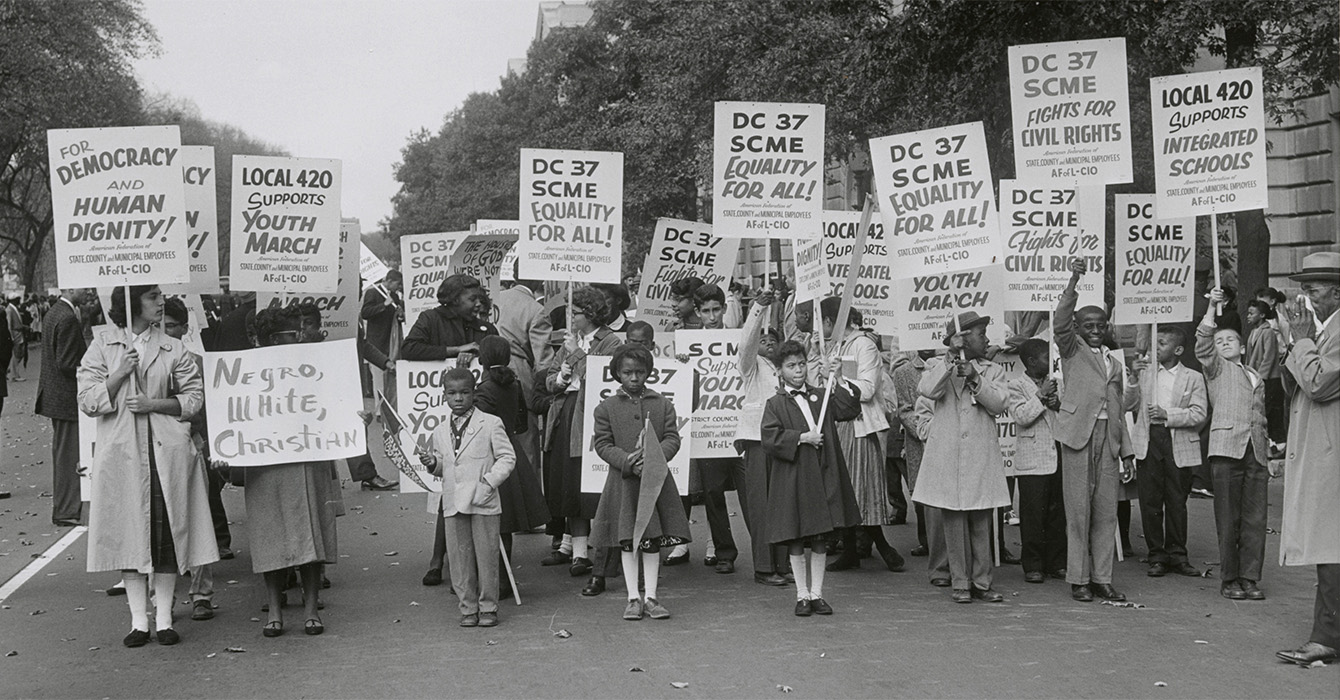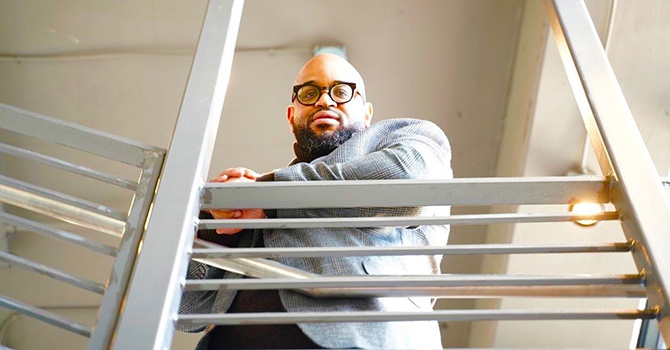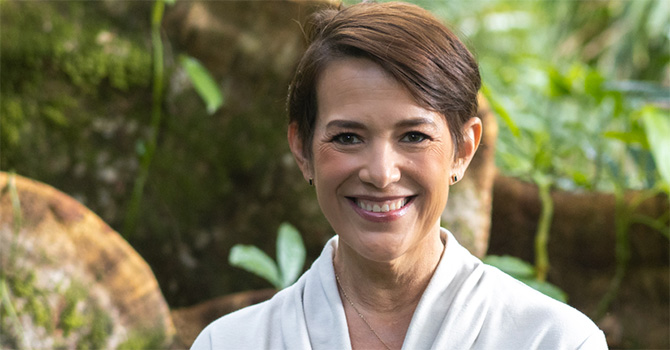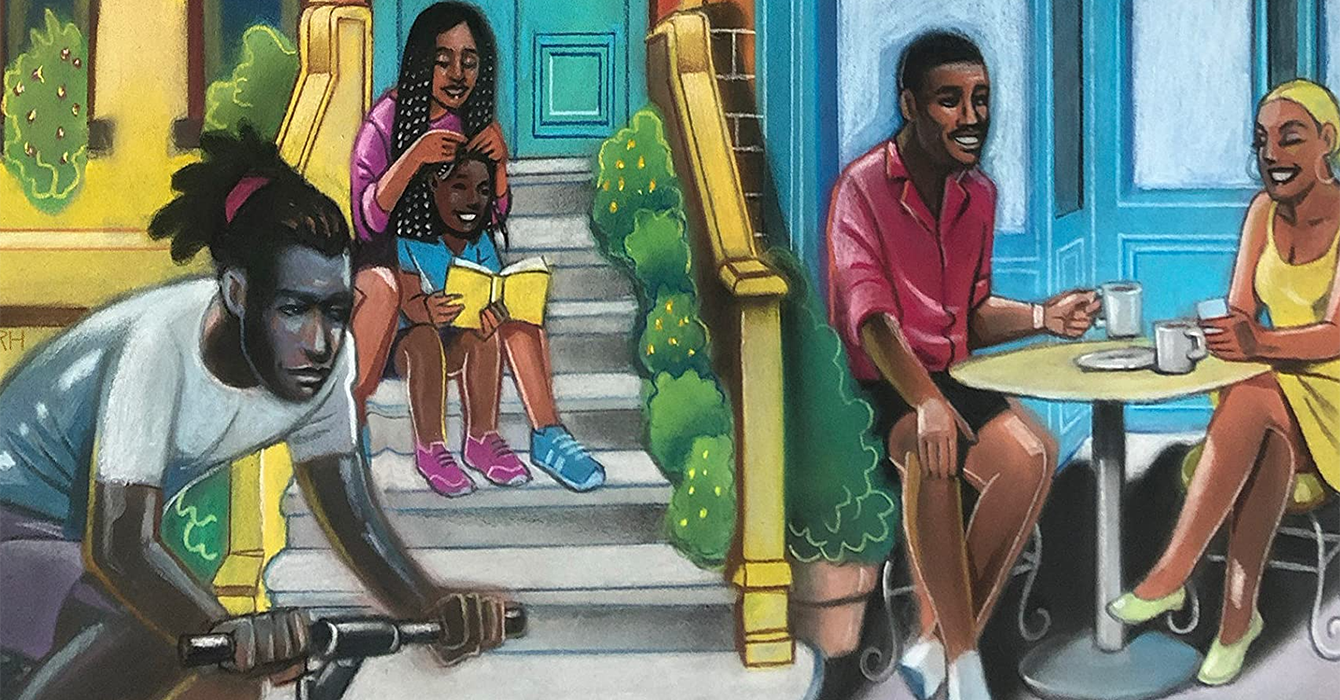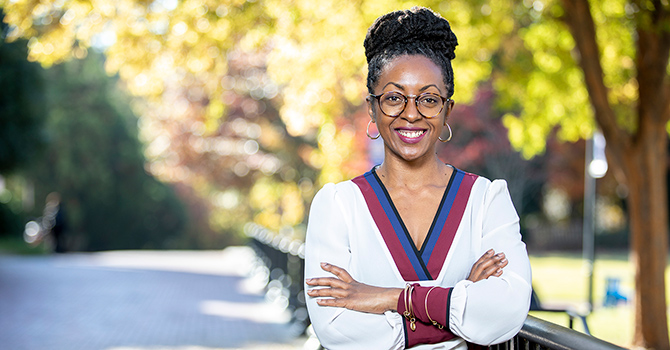On a recent spring day, Tulane University architecture students Katherine DeLacey and Abbie Readinger worked on a home construction site under a sunny, crystal-clear blue sky. Power cords snaked through the structure in all directions, and the sounds of sanders and nail guns whirred and popped, echoing through the building.
The students had been on-site almost from the break of day, and their work didn’t end until early evening. They, along with their classmates, were putting the finishing touches on a house -- the seventh home built by an innovative service-learning project called URBANbuild, in which architecture students design and then construct a home in a lower-income New Orleans neighborhood.
As her classmates bustled around her, DeLacey busied herself cleaning one of the front windows that overlook Toledano Street in the struggling New Orleans Central City neighborhood.
“I was interested in what really went into the construction of a house,” DeLacey said as she brushed wood dust from the windowsill. “I wanted to have a deeper understanding of what we were doing in the studio and how it was turned into reality.”
Students in the URBANbuild program are taught and mentored by School of Architecture professors, including Byron Mouton, the program director. URBANbuild offers 15 students the opportunity to see a project through from start to finish, and allows them a rare, revealing glimpse of the physical, laborious effort required to convert what happens in an architect’s office into a finished product.
It also gives the students a chance to contribute -- in a small but significant way -- to the rebuilding of the city, which, six years after Hurricane Katrina, is still struggling. Rebuilding the city has been an institution-wide focus of the university since the storm, and URBANbuild is one of several outreach projects at the School of Architecture.
It's an approach to teaching and mentoring young professional students that benefits all involved. A blighted Crescent City neighborhood gets an anchor residence, a family purchases a first home, and Tulane students receive up-close-and-personal mentoring and learning that they can use as they launch their careers. Even the director says he has grown as a teacher.
Because of its multiple beneficiaries and surprising success, the URBANbuild program has received national recognition and accolades as a cutting-edge educational effort. It was the subject of a six-part television documentary featured on the Sundance Channel.
Questions to consider
Questions to consider:
- URBANbuild includes hands-on service learning, putting theory into practice, seeing a project through from start to finish, mentoring, partnering with other key stakeholders, working in teams and creating a product that benefits others. Which of these components already exist in your work? Which could you add?
- What is the “hands-on experience” for less-tangible projects or ideas? How might the URBANbuild teaching model translate to a church setting?
- The design of URBANbuild helps students realize the impact of their efforts on those in need. Do the young people you mentor directly experience the impact of the work they do? If not, how could they?
- A key component of the URBANbuild program is the mentorship provided by Tulane faculty. If you were to design a such a program for your institution, to whom would you look for mentoring?
“It’s a great opportunity to see how to construct your design, and it’s great for the community,” said Readinger, a fourth-year student. “I’m sad that it’s ending, but I’m excited to see it finished. It’s a great opportunity that most other students don’t get to experience.”
More than a class
When students sign up for URBANbuild, they make a commitment to something more than just another elective.
Readinger, a Philadelphia native, said she heard about the effort when she first visited Tulane. Once she got the chance to enroll in the class, Readinger became part of the first-semester team that drew the design that was chosen for the seventh URBANbuild home.
Under the program, students take only this class during the school year. They spend the first semester working in groups, designing three-bedroom, two-bath homes. After voting on one design, students spend the second semester working on the newly designed house, doing most of the work themselves.
Jake McGregor of Los Angeles said this year’s URBANbuild class wanted to create a modern, energy-efficient home that represented an outside-the-box approach to design while sticking to the $116,000 budget. To do that, the class drew up several different design options before settling on one. Chris Berends of Trenton, N.J., said the students aimed for “a more holistic,” fluid feel to their project’s house.
“It was like a big puzzle,” McGregor said. “We tried out a bunch of different options and configurations. We identified the concept, then moved from there.”
This isn’t just a typical group project; it requires students to collaborate on an effort with real-life stakes, forcing them to work through the differences of opinion and style that naturally pop up as the process unfolds.
“Fifteen students all work together investing in one project,” Mouton said. “They clear the site, prepare the foundation and build every part of the home except the ones that require licensed tradespeople,” like the plumbing and electrical systems.
Even the property’s landscaping is done by the class members. As they move into the construction phase during the second semester, the students toil full time on the site, working 50-hour weeks -- and weekends if necessary.
Working well with others
For a professional school sending graduates out into a competitive field in a tough economic environment, the boost that URBANbuild gives its students is also a benefit.
“It moves them out of the dream world and into the real world. An employer wants any type of real-world experience,” said Marcel Wisznia, an architect, Tulane alumnus and past president of the local chapter of the American Institute of Architects.
Architecture students Berends and McGregor -- who climbed ladders and wielded nail guns on the work site -- said the hands-on component of Mouton’s classes provides learning avenues other students don’t enjoy.
“It’s a way to get a leg up on all the other architecture students who don’t have the opportunity to build with their hands,” McGregor said.
In addition to collaborating on the design and construction, students work with organizations outside the university, including permitting agencies and nonprofits. A primary partner is the nonprofit Neighborhood Housing Services of New Orleans. The organization provides the homesite in one of its target areas and funds all other hard and soft costs. It also sells the completed home to a first-time homebuyer.
For the Toledano Street home, local organizations and groups have donated materials as well, including the New Orleans Regional Transit Authority, which gave several planks from old streetcar tracks to URBANbuild to enhance the landscaping. And local businesses have given other materials and landscaping products, such as magnolia trees.
URBANbuild is a prime example of “service learning” -- hands-on education benefiting not only the students involved but also the community, said Margaret-Mary Sulentic Dowell, a professor in the Department of Educational Theory, Policy and Practice at Louisiana State University.
“Service learning is different from an internship or community service,” she said. “It’s extremely important that students see that, that they see how their work impacts the community. There’s a reciprocity when you’re helping someone else. You gain civic pride and see the importance of community. They need to understand what the community looks like.”
DeLacey said the program has helped her do that.
“It’s really nice to see a different side of New Orleans,” she said. “It’s the real feeling that you’re doing something that’s going to benefit someone. You see the result of your work.”
Berends said he decided to take the URBANbuild class because he wanted to understand the construction process that turns office-designed blueprints into a livable structure -- or, in essence, transforms architectural theory into tangible, wood-and-nails reality.
But he got more than that from the experience -- grueling though it was at times.
“It’s not so much doing as much as possible, but just doing something really good,” he said. “Hopefully, this is creating a trend” for the neighborhood.
God’s purpose
Tami Hills, 45, also wants to be part of that trend.
The single mother of a teenage son was tired of living in a cramped, 500-square-foot apartment since her return to the Crescent City after Hurricane Katrina and the resulting floods, but the house search wasn’t going well at all. Nothing she and her real estate agent looked at fit her idea of a dream home.
While Hills was frustrated and disheartened, she said, it’s clear in hindsight that God had a plan for her all along. After viewing around 80 unsatisfactory homes, she came across a new home on South Saratoga Street in Central City designed and built under the URBANbuild program in 2009. As soon as she saw the house, she fell in love with it.
“God was doing that to me on purpose,” she said. “Because when I stumbled on this house, I knew it was right.”
Hills quickly began the process of buying the new home by working with Neighborhood Housing Services, which matches lower-income buyers with affordable homes.
Once she settled into her home two days before Thanksgiving 2009, she felt a need to share her good fortune with others. Hills joined a neighborhood faith-based organization called Jericho Road that soon had planted 25 trees, brought needed garbage bins to the streets and created a community garden.
“I feel like the students who built here put in so much time, attention and love,” Hills said. “God is in the details. They’ve given me a place to raise my son and now pass the baton” to other community members.
“It’s about creating a healthy community,” she said. “This community had been forgotten about, but it just needed a little revitalization.”
Growth and rebirth
The project has also revitalized the career of its instructor. Mouton says running the URBANbuild program has taught him to mull over the ideas that students throw at him, rather than dismissing them.
The project has helped him realize that “sometimes the ideas are a little bit naive, but they’re also good, and with a little bit of work, we can turn them into an idea we can do something with.”
“The most important thing about teaching,” he said, “is maintaining a willingness to learn, and [the class] forces me to be a little more patient and give my students time to come up with the answer themselves instead of me just giving it to them.”
And the way this symbiosis between teacher, student, city and homebuyer contributes to the turnaround of neighborhoods as well as lives is what Mouton says the program is aiming for. He says those involved with URBANbuild realize that their contributions to the community are relatively small, but they hope they can help plant seeds of rebirth in neighborhoods that need it most.
“We like to think we’re starting to revitalize neighborhoods one house at a time,” he said.

